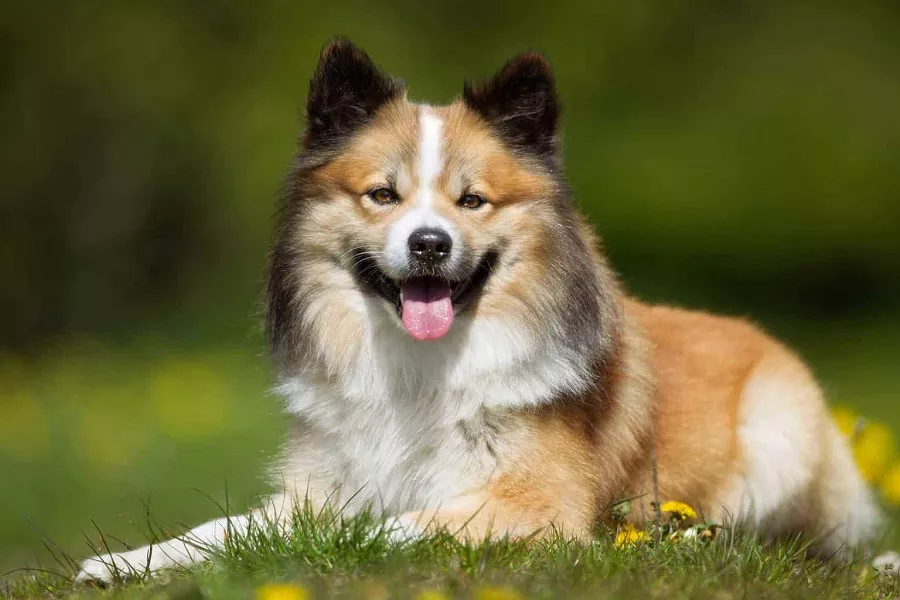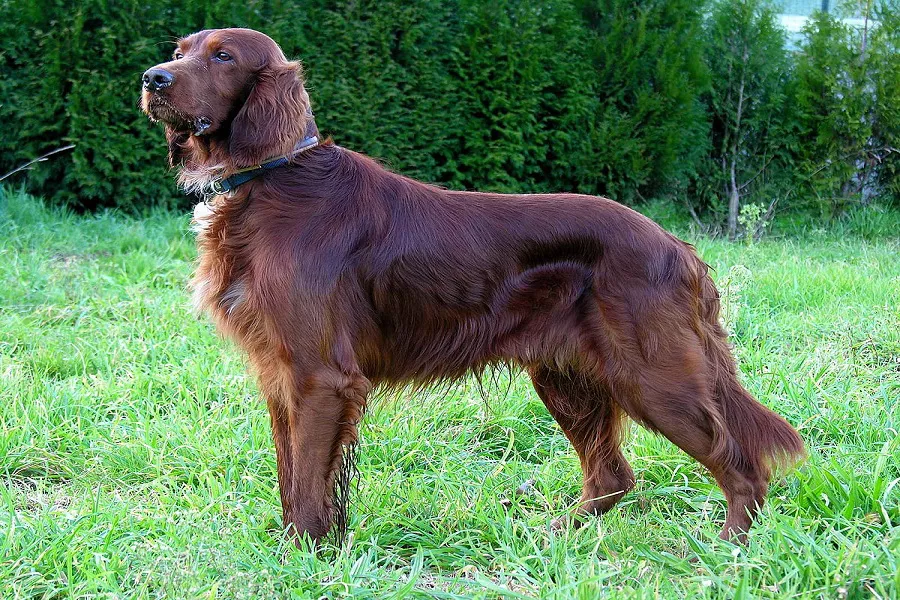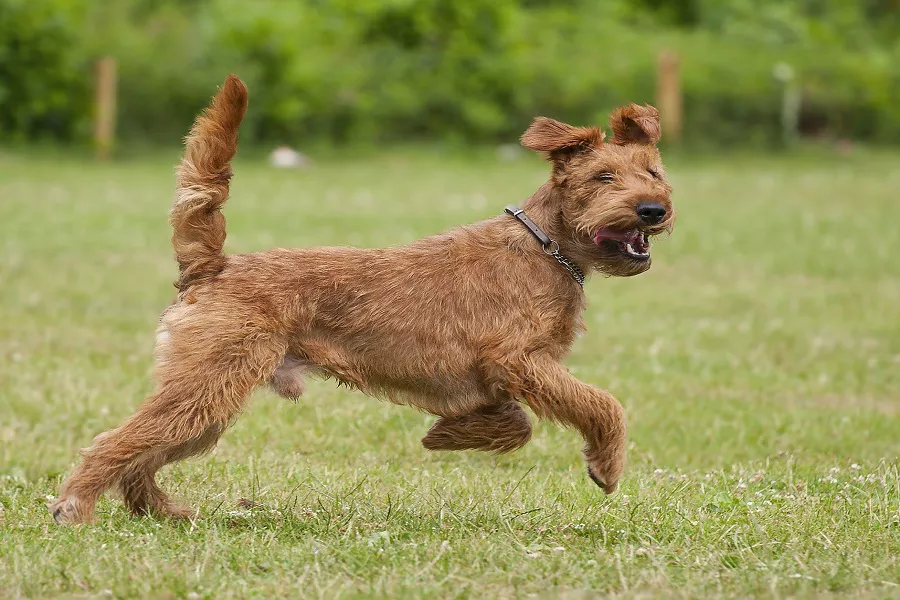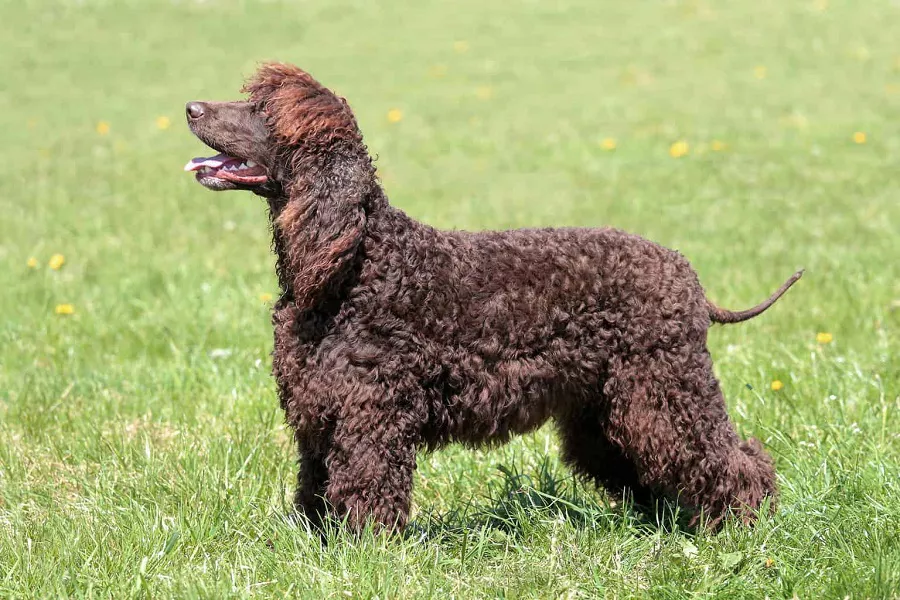What is an icelandic sheepdog?
The Icelandic dog originated in Iceland and originated in the 17th century. Also known as Icelandic Sheepdog and Friaar Dog, it is the only native breed in Iceland. Brought to Iceland by Scandinavian settlers from about AD 874 to 930, the Icelandic dog and its way of working are so well adapted to the local terrain and herding style that Icelanders who have struggled for survival for centuries have adopted it. as essential livestock herders. Some people say that the Icelandic dog was introduced to Iceland by the Norwegians, calling it a Fria dog. The ancestor of the Icelandic dog may be the Norwegian Shepherd. It is the same as the Norwegian Shepherd, and its appearance is very similar to other species of Foxhound. Mainly shepherds rather than hounds.
What does an icelandic sheepdog look like?
The Icelandic dog belongs to the furry dog family. Height: 33-41 cm for males, 30-38 cm for females; Weight: 11-14 kg for males, 9-11 kg for females; moderate head, long snout, black nose; ears grow forward Ears are erect; eyes are lively and emotional; tail is curled up to the back; coat of medium length, thick and dense, the undercoat fairly closely attached to the body, in chestnut, tan, gray, off-white, black With white markings, or uniform shades of black. Vigorous, active and intelligent, affable, affectionate and quite likable. But the character doesn’t mature and stabilize until 18 months of age. In addition, the owner should always approach it and maintain a close relationship with it.
icelandic sheepdog living habits
Hard working and agile sheepdog, barking to herd, drive herds and find lost sheep and cattle. Very alert by nature, always giving visitors a warm welcome without any hostility. The hunting instinct is no longer strong. It’s a cheerful, friendly, curious, and fearless companion who loves games.
icelandic sheepdog rearing
The Icelandic Dog is a flexible, strong, active, lively breed, neat and stable when standing naturally. The deep, moderately wide chest shows strength, the sloping shoulder blades and moderately curved hocks show speed and grace, and the face shows a very high IQ. Impressive, the Icelandic Dog is the embodiment of self-confidence and represents true harmony, with each part in perfect, harmonious proportions to the others and the whole. In addition to the technical details described in this standard, breeders and judges can also judge the pros and cons of Icelandic dogs by breaking away from the standard. In fact, this is very simple, as long as no part is disproportionately coordinated with the other parts. . Timidity, vulnerability, irritability, lack of energy, bulky appearance, and lack of overall balance can all detract from the Icelandic Dog’s overall appearance score.
Reminder: For more knowledge about dog feeding, dog training, dog grooming, dog breeding, please pay attention to: mtedr.com, providing you with different kinds of dogs.


























